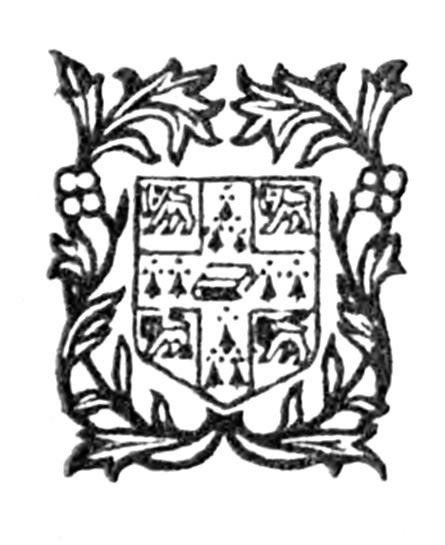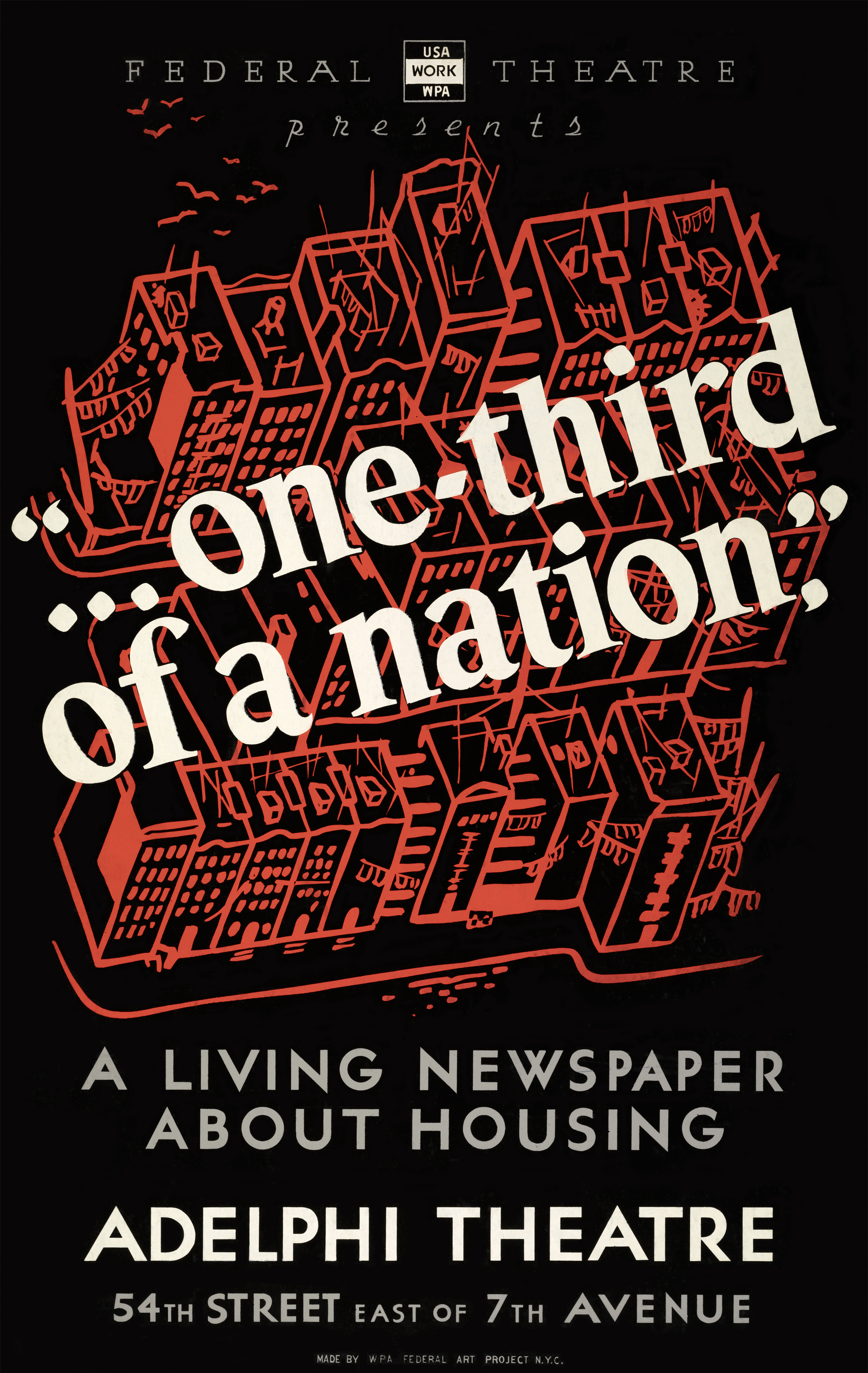|
Theatre For Development
Theatre for development (TfD) is a type of community-based or interactive theatre practice that aims to promote civic dialogue and engagement. Theatre for development can be a kind of participatory theatre that encourages improvisation and allows audience members to take roles in the performance, or it can be fully scripted and staged, with the audience simply observing. Many productions are a blend of the two. The Theatre of the Oppressed, an influential collection of theatrical forms developed by Augusto Boal in the 1970s, aims to create dialogue and interaction between audience and performer as a means of promoting social and political change. Hundreds, if not thousands, of organizations and initiatives have used theatre as a development tool: for education or propaganda, as therapy, as a participatory tool, or as an exploratory tool in development. Definitions and aims Theatre for development can be seen as a progression from less interactive theatre forms to a more dialogica ... [...More Info...] [...Related Items...] OR: [Wikipedia] [Google] [Baidu] [Amazon] |
Interactive Theatre
Interactive theatre is a Presentational acting and Representational acting, presentational or theatrical form or work that breaks the "fourth wall" that traditionally separates the performer from the audience both physically and verbally. In traditional theatre, performance is limited to a designated stage area and the action of the play unfolds without audience members, who function as passive observers. Conversely, in interactive theatre, the performance engages directly with audience members, making them active participants in the piece. Interactive theatre often goes hand in hand with immersive theatre, which brings the audience into the same playing space as the performers. They may be asked to hold props, supply performance suggestions (as in improvisational theatre), share the action's real-world (non-theatrical) setting (as in Site specific theatre, site-specific theatre and immersive theater, immersive theatre), or become characters in the performance. They may also be ask ... [...More Info...] [...Related Items...] OR: [Wikipedia] [Google] [Baidu] [Amazon] |
Health Education
Health education is a profession of educating people about health. Areas within this profession encompass environmental health, physical health, social health, emotional health, intellectual health, and spiritual health, as well as sexual and reproductive health education. It can also be defined as any combination of learning activities that aim to assist individuals and communities improve their health by expanding knowledge or altering attitudes. Health education has been defined differently by various sources. The National Conference on Preventive Medicine in 1975 defined it as "a process that informs, motivates, and helps people to adopt and maintain healthy practices and lifestyles, advocates environmental changes as needed to facilitate this goal, and conducts professional training and research to the same end." The Joint Committee on Health Education and Promotion Terminology of 2001 defined Health Education as "any combination of planned learning experiences based on sou ... [...More Info...] [...Related Items...] OR: [Wikipedia] [Google] [Baidu] [Amazon] |
Cambridge University Press
Cambridge University Press was the university press of the University of Cambridge. Granted a letters patent by King Henry VIII in 1534, it was the oldest university press in the world. Cambridge University Press merged with Cambridge Assessment to form Cambridge University Press and Assessment under Queen Elizabeth II's approval in August 2021. With a global sales presence, publishing hubs, and offices in more than 40 countries, it published over 50,000 titles by authors from over 100 countries. Its publications include more than 420 academic journals, monographs, reference works, school and university textbooks, and English language teaching and learning publications. It also published Bibles, runs a bookshop in Cambridge, sells through Amazon, and has a conference venues business in Cambridge at the Pitt Building and the Sir Geoffrey Cass Sports and Social Centre. It also served as the King's Printer. Cambridge University Press, as part of the University of Cambridge, was a ... [...More Info...] [...Related Items...] OR: [Wikipedia] [Google] [Baidu] [Amazon] |
Theatre For Younger Audiences
Theatre for Young Audiences (TYA), also youth theatre, theatre for children, and children's theatre is a branch of theatre arts that encompasses all forms of theatre that are attended by or created for younger audiences. It blankets many different forms of theatre methods and expressions, including plays, dance, music, puppetry, circus, physical theatre Physical theatre is a genre of theatrical performance that encompasses storytelling primarily through physical movement. Although several performance theatre disciplines are often described as "physical theatre", the genre's characteristic aspe ..., and many others. It is globally practiced, takes many forms, both traditional and non-traditional, and explores a wide variety of themes ranging from fairy tales to parental abuse. Originating in the 20th century, TYA takes on many functions in different settings and places around the world. In the US, for instance, it is often entertainment-centered, although its roots lie in edu ... [...More Info...] [...Related Items...] OR: [Wikipedia] [Google] [Baidu] [Amazon] |
One-Third Of A Nation
''One Third of a Nation'' is a Living Newspaper play produced by the Federal Theatre Project in 1938. Written by Arthur Arent from research by the editorial staff of the Federal Theatre Project, it focused on the problem of housing in the United States and the growth of slums in New York City. The play was produced in New York and in nine additional cities, where it was adapted to specific community conditions. It was adapted as a feature film in 1939 and revived on the New York stage in 2011. Plot ''One-Third of a Nation'' opens with a scene depicting a burning tenement in New York. The Voice of the Living Newspaper pairs with a character named Angus Buttonkooper, "the little man", and they both try to explain why decent housing is not available in New York. They conclude that corruption in the New York housing department is a major obstacle. With the expansion of the city, a rich landlord is depicted sitting on a patch of grass, which portrays his property. As the popula ... [...More Info...] [...Related Items...] OR: [Wikipedia] [Google] [Baidu] [Amazon] |
The Laramie Project
''The Laramie Project'' is a 2000 American play by Moisés Kaufman and members of the Tectonic Theater Project (specifically, Leigh Fondakowski, writer-director; Stephen Belber, Greg Pierotti, Barbara Pitts, Stephen Wangh, Amanda Gronich, Sara Lambert, John McAdams, Maude Mitchell, Andy Paris, and Kelli Simpkins) about the reaction to the 1998 murder of homosexuality, gay University of Wyoming student Matthew Shepard in Laramie, Wyoming. The murder was denounced as a hate crime and brought attention to the lack of hate crime laws in various states, including Wyoming. An example of verbatim theatre, the play draws on hundreds of interviews conducted by the theatre company with inhabitants of the town, company members' own journal entries, and published news reports. It is divided into three acts, and eight actors portray more than sixty characters in a series of short scenes. Performances ''The Laramie Project'' premiered at The Ricketson Theatre by the Denver Center Theatre C ... [...More Info...] [...Related Items...] OR: [Wikipedia] [Google] [Baidu] [Amazon] |
Documentary Theatre
Documentary theatre is theatre that uses pre-existing documentary material (such as newspapers, government reports, interviews, journals, and correspondences) as source material for stories about real events and people, frequently without altering the text in performance. The genre typically includes or is referred to as verbatim theatre, investigative theatre, theatre of fact, theatre of witness, autobiographical theatre, and ethnodrama. History and Piscator While fact-based drama has been traced back to ancient Greece and Phrynichus' production of ''The Capture of Miletus in'' 492 BC, contemporary documentary theatre is rooted in theatrical practices developed in Eastern Europe during the 1920s and 1930s. In the years after the Russian Revolution, the USSR's Department of Agitation and Propaganda employed theatre troupes known as the Blue Blouses (so called because they wore factory workers' overalls) to stage current events for the largely illiterate population. The Blue ... [...More Info...] [...Related Items...] OR: [Wikipedia] [Google] [Baidu] [Amazon] |
Cultural Behavior
Culture ( ) is a concept that encompasses the social behavior, institutions, and norms found in human societies, as well as the knowledge, beliefs, arts, laws, customs, capabilities, attitudes, and habits of the individuals in these groups.Tylor, Edward. (1871). ''Primitive Culture''. Vol 1. New York: J. P. Putnam's Son Culture often originates from or is attributed to a specific region or location. Humans acquire culture through the learning processes of enculturation and socialization, which is shown by the diversity of cultures across societies. A cultural norm codifies acceptable conduct in society; it serves as a guideline for behavior, dress, language, and demeanor in a situation, which serves as a template for expectations in a social group. Accepting only a monoculture in a social group can bear risks, just as a single species can wither in the face of environmental change, for lack of functional responses to the change. Thus in military culture, valor is counted ... [...More Info...] [...Related Items...] OR: [Wikipedia] [Google] [Baidu] [Amazon] |
Image Theatre
Image theatre is a performance technique in which one person, acting as a sculptor, moulds one or more people acting as statues, using only touch and resisting the use of words or mirror-image modelling. The images presented in this form of theatre are a series of still-images or tableauxs that are dynamised (brought to life) via a variety of ways. They could have repetitive sounds and mechanical-like movements designed into them for example, or they could be dynamised by transitioning from one image to the other in a before-during-after style format. The images can be directly clear to the viewer or abstract. The sculptor can also be a statue, and thus mould themselves, or the statues themselves can be invited to sculpt their own ideas and perspectives into the image. Image theatre originated as a form of theatrical protest in the Theatre of the Oppressed created by Augusto Boal in the 1960s. The form increased in popularity within performance studies and broadened in use to bec ... [...More Info...] [...Related Items...] OR: [Wikipedia] [Google] [Baidu] [Amazon] |
Invisible Theatre
Invisible theatre is a form of theatrical performance that is enacted in a place where people would not normally expect to see one, for example in the street or in a shopping centre. Performers disguise the fact that it is a performance from those who observe and who may choose to participate in it, thus leading spectators to view it as a real, unstaged event. The Brazilian theater practitioner Augusto Boal and Panagiotis Assimakopoulos developed the form during their time in Argentina in the 1960s as part of Boal's Theatre of the Oppressed, which focused on oppression and social issues. Invisible theatre developed in the context of increasingly repressive dictatorship in Brazil and Argentina. The purpose of invisible theatre was to show oppression in everyday life, in an everyday setting, without the audience or " spect-actors" knowing. Boal went on to develop forum theater. Invisible theatre in Argentina Invisible theatre was developed in Buenos Aires as public and participato ... [...More Info...] [...Related Items...] OR: [Wikipedia] [Google] [Baidu] [Amazon] |
Chauvinist
Chauvinism ( ) is the unreasonable belief in the superiority or dominance of one's own group or people, who are seen as strong and virtuous, while others are considered weak, unworthy, or inferior. The ''Encyclopaedia Britannica'' describes it as a form of "excessive and unreasonable" patriotism and nationalism, a fervent faith in national excellence and glory. In American English, the word, since 1940s, has also come to be used in as a shorthand for male chauvinism, a trend reflected in '' Merriam-Webster's Dictionary'', which, as of 2018, began its first example of use of the term ''chauvinism'' with "an attitude of superiority toward members of the opposite sex". As nationalism According to legend, French soldier Nicolas Chauvin was badly wounded in the Napoleonic Wars and received a meager pension for his injuries. After Napoleon abdicated, Chauvin maintained his fanatical Bonapartist belief in the messianic mission of Imperial France, despite the unpopularity of this vi ... [...More Info...] [...Related Items...] OR: [Wikipedia] [Google] [Baidu] [Amazon] |





